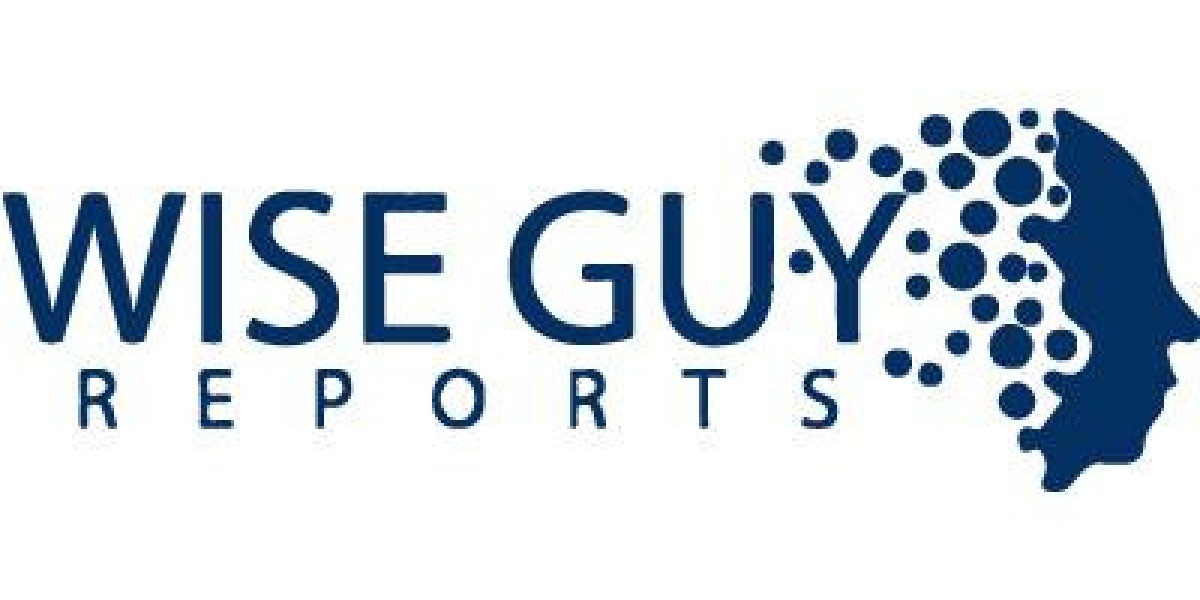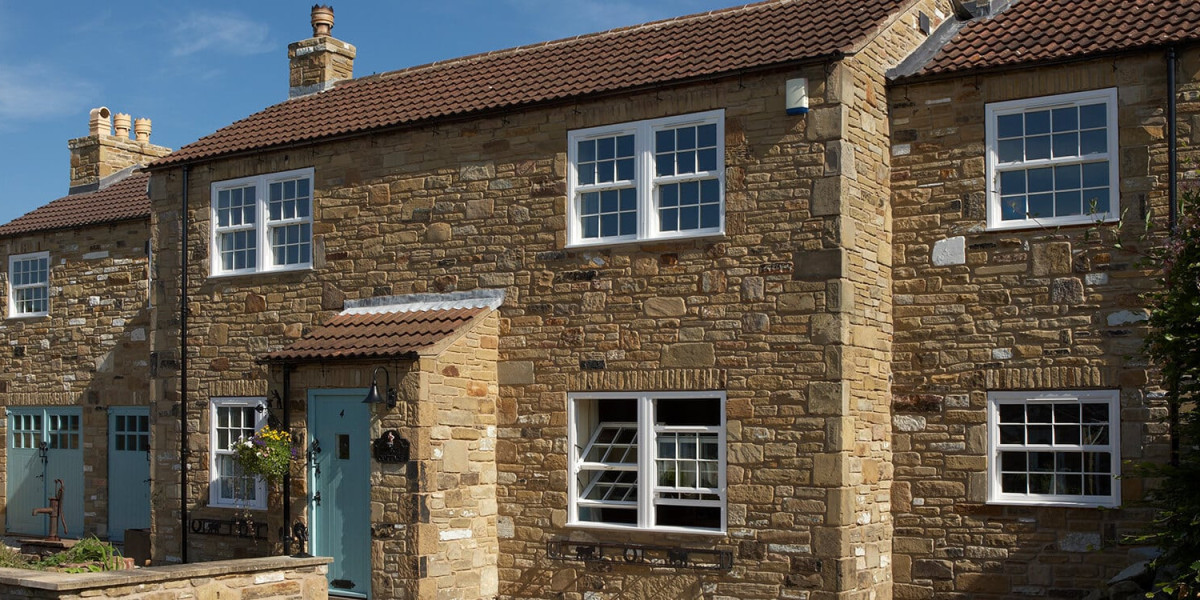In the modern construction landscape, the demand for materials that offer a combination of structural integrity, thermal efficiency, and fire safety is paramount. The Refractory Pu Sandwich Board Market is a direct response to this need, offering an advanced building solution for a wide range of industrial and commercial applications. These composite panels consist of a core of rigid polyurethane (PU) foam, renowned for its excellent thermal insulation properties, sandwiched between two layers of pre-coated steel or aluminum sheets. What sets these boards apart is their "refractory" or fire-resistant nature, achieved by incorporating specialized flame retardants into the PU foam core. This creates a panel that not only helps to maintain a stable indoor temperature but also significantly enhances the building's fire safety performance.
The primary application for these sandwich panels is in the construction of exterior walls, roofs, and internal partitions for structures where thermal control and fire resistance are critical. This includes cold storage facilities, food processing plants, warehouses, and large-scale industrial buildings. The interlocking design of the panels allows for rapid, cost-effective construction, reducing labor time and project timelines compared to traditional building methods. The metal facings provide a durable, low-maintenance finish, while the polyurethane core delivers exceptional insulation, leading to significant long-term energy savings by reducing heating and cooling costs. The added fire resistance provides crucial time for evacuation in the event of a fire and can help to limit the spread of flames, thereby protecting assets and improving overall building safety.
The growth of the refractory PU sandwich board market is being propelled by several key factors. Stricter building codes and fire safety regulations around the world are mandating the use of materials with proven fire-resistant properties, especially in public and industrial buildings. The global push for energy efficiency and green building standards also plays a crucial role, as the high insulation value (R-value) of these panels helps to reduce a building's carbon footprint. Innovations in foam chemistry are leading to the development of even more effective and environmentally friendly flame retardants, moving away from older chemistries with higher environmental impacts. As the construction industry continues to embrace modular and prefabricated building techniques, these high-performance, all-in-one panels will see increasing adoption as a smart, safe, and sustainable building solution.








